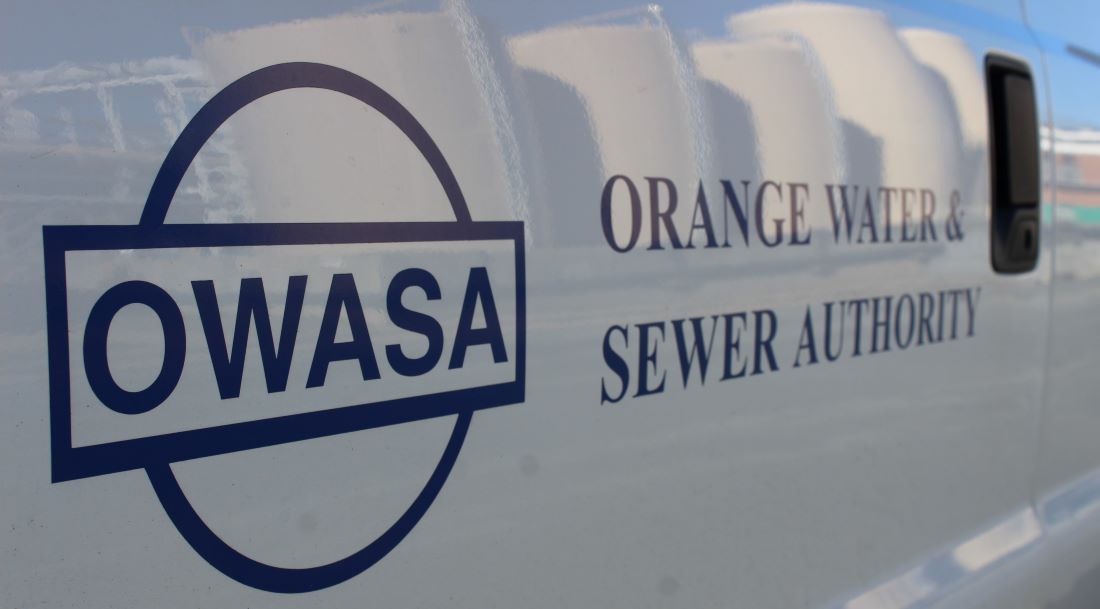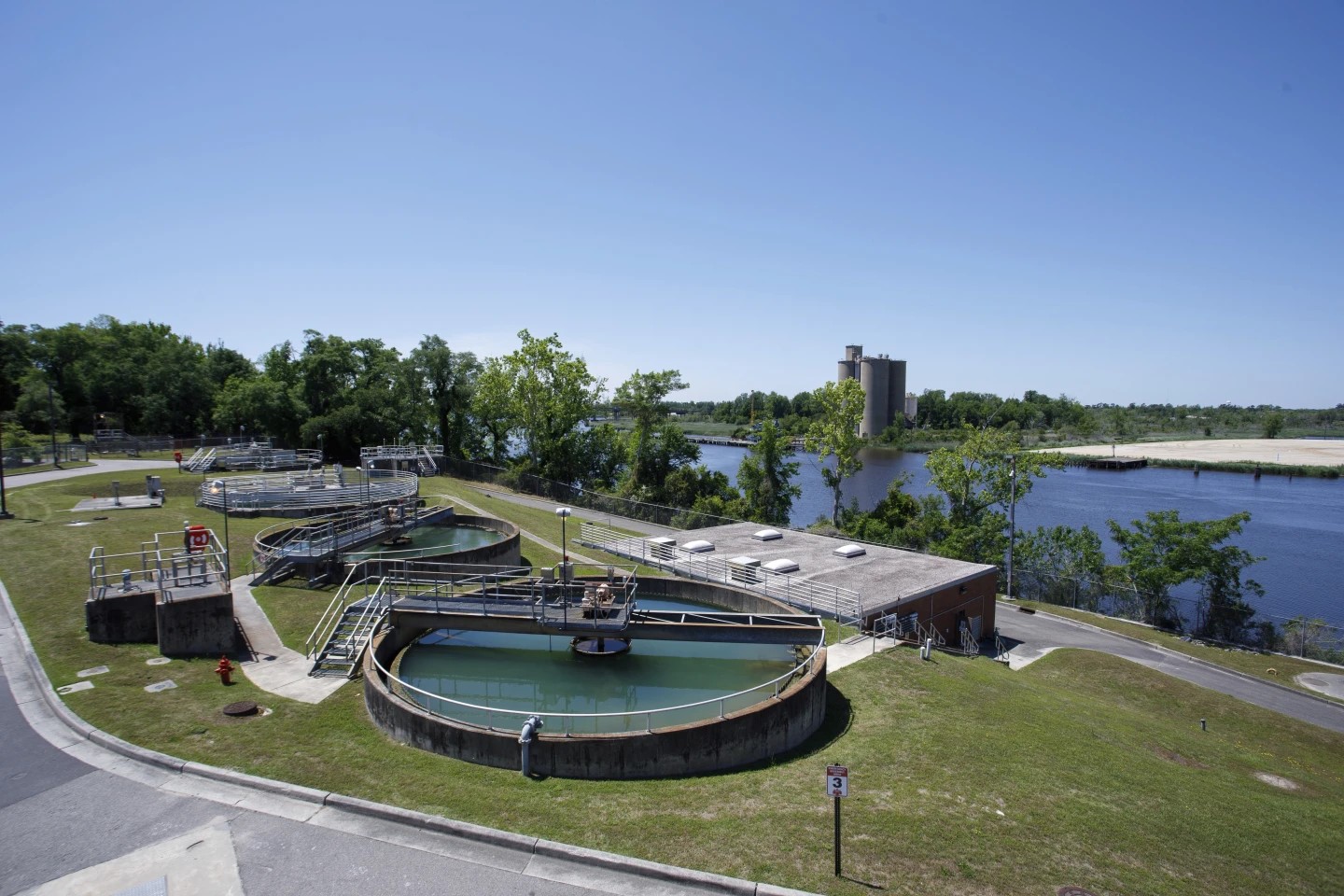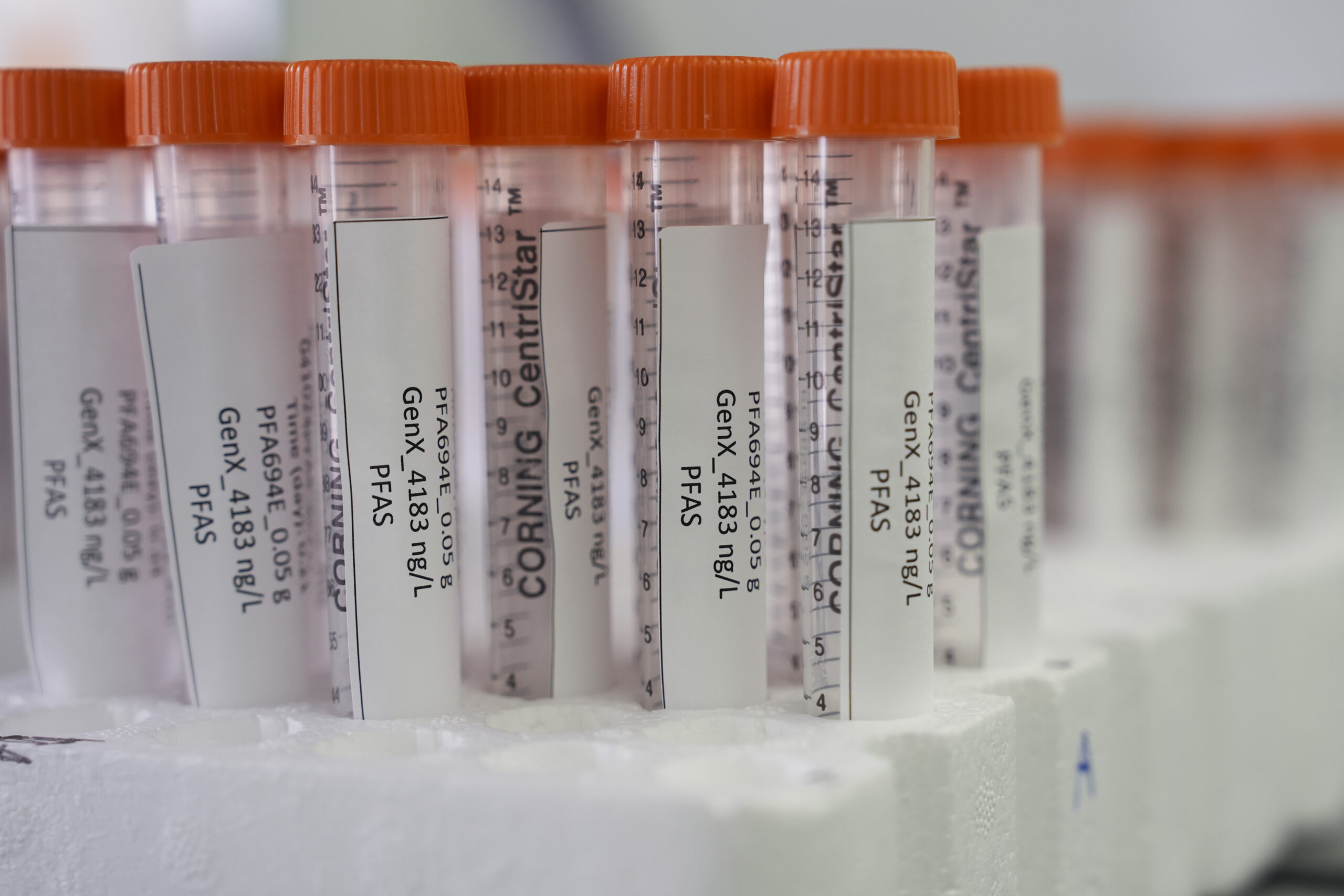Nonstick pans, waterproof clothing and the foam firefighters use to put out fires. While these three items may seem unrelated, they all have something in common. Each either once or still contains a chemical named PFAS.
Also known as forever chemicals, PFAS are water and heat-resistant chemicals that have been around since the 1940s.
But as these chemicals became more widely used, scientists found that this power that makes PFAS resistant is also what makes it dangerous.
“These toxic chemicals are so pervasive and so long-lasting in the environment that they’ve been found in food, soil and water, even in the most remote corners of our planet,” said Environmental Protection Agency Administrator Michael Regan at a press announcement.
Earlier this month, the EPA announced a first-of-its-kind proposal to reduce harmful chemicals in drinking water. If approved, the proposal will set a limit on how much PFAS can be in the water and require agencies to notify the public about it.
Similar to what they do in the environment, Regan said these chemicals also build up in humans over time. Long-term exposure to PFAS can increase someone’s risk for cancer, heart attacks, liver damage and other illnesses.
“What began as a so-called miracle, groundbreaking technology meant for practicality and convenience quickly devolved into one of the most pressing environmental and public health concerns in the modern world,” he said.
As it’s written now, the EPA’s proposal would set maximum contaminant levels for six PFAS. The two most common PFAS, known as PFOA and PFOS, will be limited to four parts per trillion. The remaining four PFAS will be grouped together and limited to a 1.0 on the EPA’s hazard index.
“We anticipate that when fully implemented, this rule will prevent thousands of deaths and reduce tens of thousands of PFAS-related illnesses,” Regan said.
According to the EPA’s proposal, public water systems will be required to monitor PFAS levels and notify the public if they go over the limit. The systems will also be required to treat high levels of PFAS to maintain the limit.
In Carrboro and Chapel Hill, the local public water system is the Orange Water and Sewer Authority or OWASA.
Monica Dodson is OWASA’s Water Supply and Treatment Manager. She said the authority already monitors PFAS levels and makes the data available to the public.
“We’ve been actively monitoring for PFAS compounds in our drinking water supplies, in our treated drinking water and in our wastewater since 2018,” she said. “This monitoring isn’t required, but has allowed OWASA to gather more information that would help us position our community for the challenges ahead.”
According to OWASA data from June, the area’s PFOS levels are at 7.2 parts per trillion and PFOA levels are 19 parts per trillion. Both which are above the EPA’s proposed limit of four parts per trillion.
“As the EPA works to finalize these standards, OWASA’s been participating in research,” Dodson said. “We’ve been working with a consultant to help us identify and pursue treatment technologies that can ultimately remove these compounds from our water.”
The other four PFAS are either not detected or under the maximum contaminant levels in the EPA’s proposal. Dodson said while this research is ongoing, OWASA will continue to look for ways to reduce PFAS using its present treatment process.
“We don’t expect that they’ll be sufficient to get us to the regulatory limits, but there may be some opportunities for us to further reduce them as we work toward our permanent solution,” she said. “Which will likely be a new treatment technology that will need to be installed here at the facility.”
Last year, a town in neighboring Chatham County implemented new treatment technology to reduce its drinking water’s PFAS levels.
The Town of Pittsboro installed a $3.2 million granular activated carbon filter system or GAC filter in August. By October, a water analysis report found that both PFOA and PFOS levels were reduced by about 96%.
A GAC filter is one of two options OWASA is considering for its new treatment technology. The other is an ion exchange filter system. Mary Darr, OWASA’s General Manager of Operations, said the filters work by removing the PFAS from the water.
“That’s gonna be a very significant capital improvement project for us and it will be quite expensive to install that treatment, but we will be able to treat the water to the proposed regulations from the EPA by installing additional treatment at our water treatment plant,” she said.
In addition to these installation costs, Darr said there will likely be increased annual operations costs that come from maintaining the new treatment technology. She said OWASA plans on applying for funding from the EPA to cover it.
However, any costs the funding doesn’t cover will have to come from customers’ pockets.
“Our only source of funding is through the rates that our customers pay,” Darr said. “We don’t receive any tax revenue or anything like that, so what folks pay in their water and sewer bill is the revenue we receive.”
According to the EPA, the Bipartisan Infrastructure Law provides $9 billion of funds specifically set aside for drinking water impacted by PFAS. In addition to that, there is also nearly $12 billion of funds that are dedicated to making drinking water safe that states and communities can apply for.
Darr said as the EPA finalizes its proposal, OWASA is still working on reducing PFAS in water.
“We’re not waiting to get started on our work,” she said. “We’re working with consultants right now to evaluate the different technologies that are available and might work best for our treatment plant.”
The process of getting a new filter will likely take upwards of four years. Darr said it will likely involve 12 to 18 months of design time after they determine which of the filters is best for the facility and another two to three years of construction to install it.
The EPA’s goal is to finalize the proposal by the end of this year. It is currently accepting public comments and will hold a public hearing on May 4.
Chapelboro.com does not charge subscription fees, and you can directly support our efforts in local journalism here. Want more of what you see on Chapelboro? Let us bring free local news and community information to you by signing up for our biweekly newsletter.









